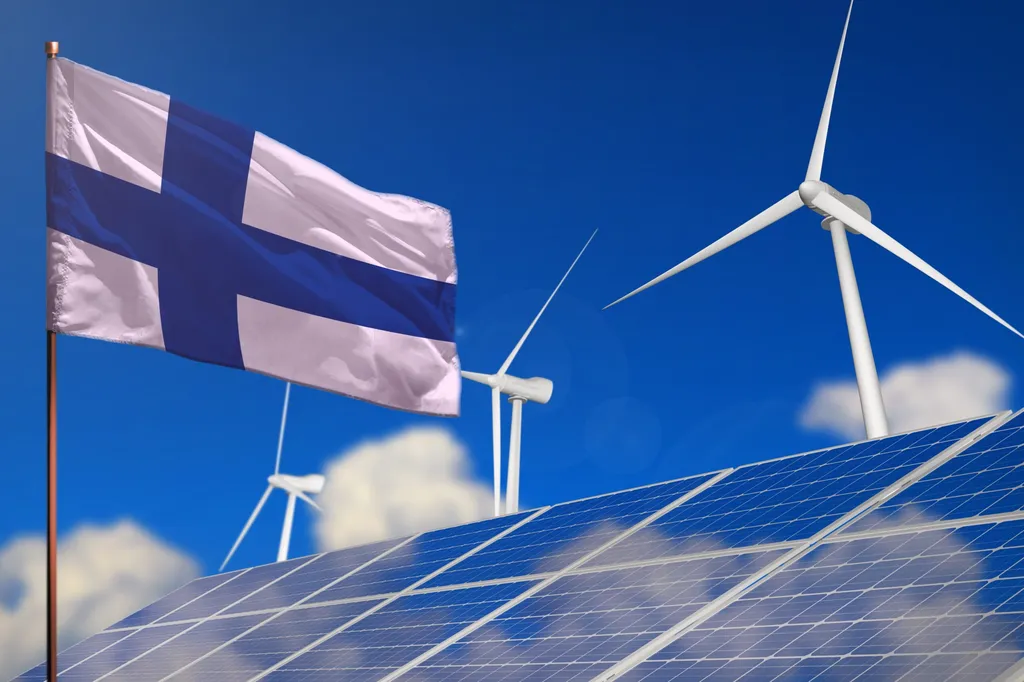In the quest for sustainable construction materials, a recent study has unveiled promising properties of alkali-activated blast furnace slag (BFS-AAM) that could revolutionize the energy sector. The research, led by Mehedi Rabbil from the Fiber and Particle Engineering Research Unit at the University of Oulu in Finland, compares the electromagnetic and radiation-related properties of BFS-AAM with traditional Portland cement (PC). Published in the journal ‘Materiaalien ja suunnittelun suunnittelu’ (Materials & Design in English), the findings highlight the potential of BFS-AAM for advanced electromagnetic and radiation shielding technologies.
The study explored the radio wave propagation, gamma-ray shielding efficiency, and electrical resistivity of BFS-AAM compared to PC. Rabbil and his team discovered that BFS-AAM demonstrated superior relative permittivity and loss tangent at lower radio frequencies, leading to enhanced signal attenuation. “This makes BFS-AAM particularly suitable for secure signal environments,” Rabbil explained. The material’s performance was comparable to PC at higher frequencies, indicating its versatility for various applications.
In the terahertz spectrum, relevant for 6G wireless communication, both materials displayed comparable permittivity and loss tangent, suggesting compatibility with residential and commercial applications. Simulations confirmed higher signal attenuation by BFS-AAM at 0.7, 2.4, and 6.0 GHz, further emphasizing its potential.
Beyond electromagnetic properties, BFS-AAM exhibited higher resistivity, greater compressive strength, and lower porosity. “These characteristics contribute to its favorable dielectric properties and make it a promising candidate for advanced technologies,” Rabbil noted.
While BFS-AAM demonstrated slightly lower gamma-ray shielding efficiency than PC, its multifunctional properties position it as a promising material for the future. The research suggests that BFS-AAM could play a significant role in the development of sustainable and efficient construction materials for the energy sector.
As the world continues to seek sustainable solutions, the findings of this study offer a glimpse into the potential of BFS-AAM. The material’s superior properties and versatility make it a compelling option for advanced electromagnetic and radiation shielding technologies, paving the way for innovative developments in the field.

